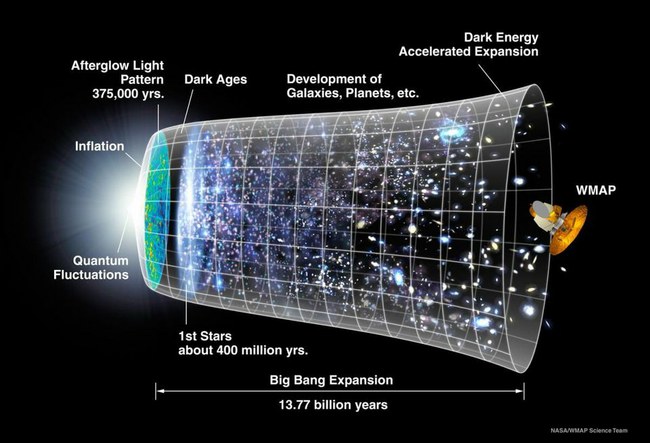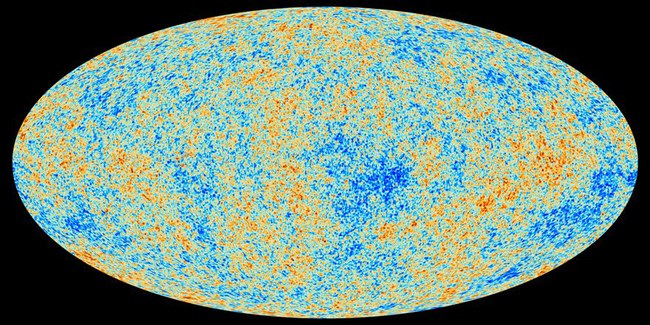We know that all directions are full of stars and galaxies. But why then the cosmos is so black?
Imagine being in space. Just like a particle, a freely flowing space, rather than a pipe-shaped astronaut. What will you see? If you do not look at the Sun and you will not burn the retina in its brightness, you will see the darkness in the rest of the space with small illuminating dots.
If the space is infinite, static and exists forever, wherever we look, we should see the stars
The cosmos is huge, endless, and set in stars. So their light should light everything around. Why not? The first thought of this - or at least the first such ideas in 1823 - were the astronomer from Germany, Heinrich Wilhelm Matthias Olbers. Thus the concept of the "Olbers' paradox" emerged - if the space does not end, it does not move and exists forever, and wherever we look, we should see the stars.

But reality is far from that. Therefore, Olbers came to the conclusion that the universe is not infinite, static and eternal, but has a beginning and an end. However, there may be two criteria in the system, and not all three. In the third decade of the 1990s, Edwin Hubble discovered that the universe is not completely static, and the galaxy's nacelle is moving away from each other.
This is how the Big Bang exploded. Once upon a time there was a small point, which started to expand very fast. So, the universe is not static and eternal. Then there's no paradox!
We do not see all the stars, because most of them are so old that their light simply does not get to our opening. In addition, the universe is huge and the scale of time is stunning. Congratulations on solving the paradox!
Well, not really. After the Great Explosion, the universe reminded the core of the star (hot and dense). It took several hundred thousand years to pass, and the first light flooded the space.

The light was incredibly bright. We should see it everywhere. But we do not see anything like that. The universe continued to expand, so the length of the first radiation wavelength extended to the end of the electromagnetic spectrum until it became microwave. It is this relict ray that is the cosmic microwave background (KMF) - and is visible in all directions.
Olbers was right. Wherever we look, the regime of bright light. Just the process of expansion extended the wavelengths of that light so that the human eye does not see it. If the retina is sensitive to microwaves, the space would be very bright.



